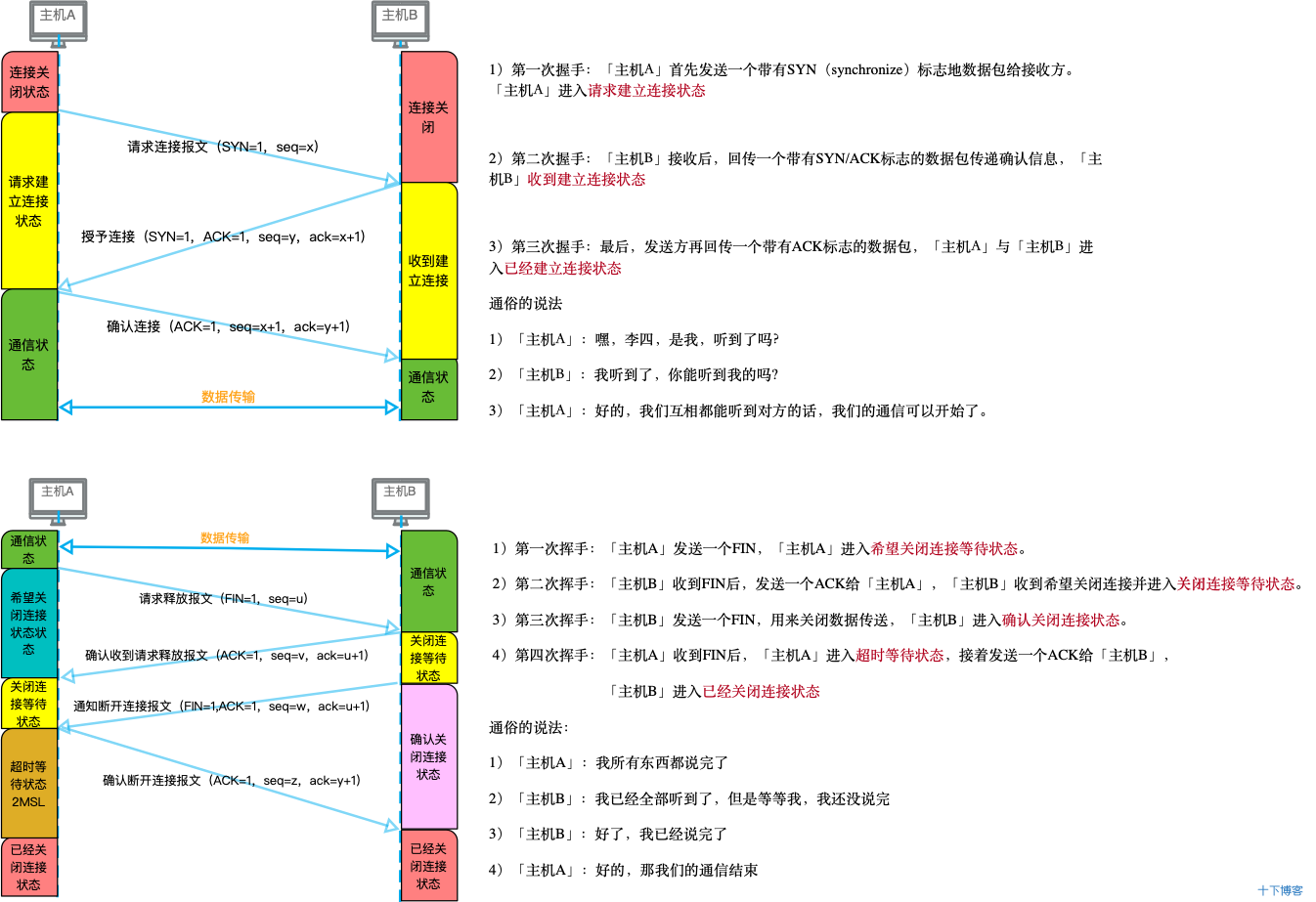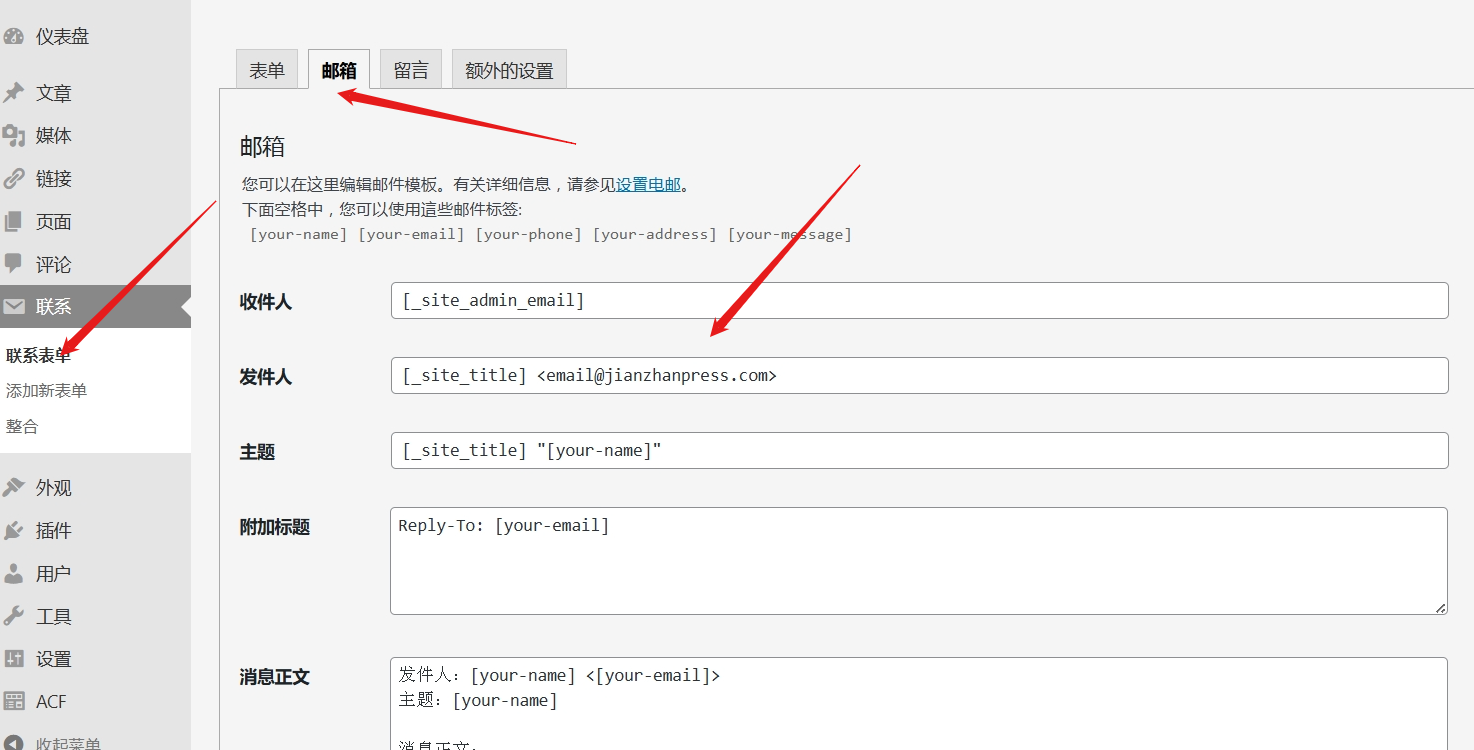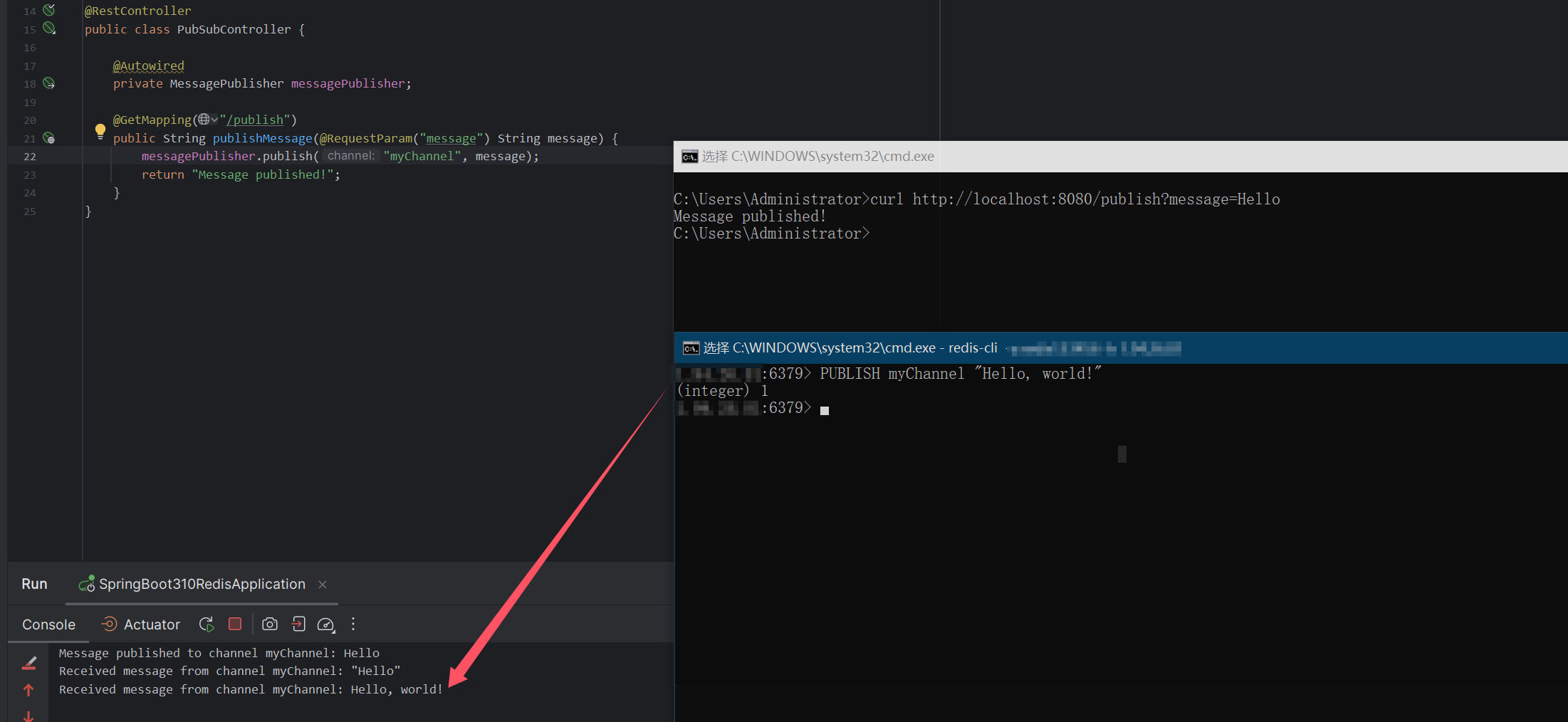
目录
- 一、【LDConv】卷积
- 1.1【LDConv】卷积介绍
- 1.2【LDConv】核心代码
- 二、添加【LDConv】卷积
- 2.1STEP1
- 2.2STEP2
- 2.3STEP3
- 2.4STEP4
- 三、yaml文件与运行
- 3.1yaml文件
- 3.2运行成功截图
一、【LDConv】卷积
1.1【LDConv】卷积介绍

下图是【LDCNV】的结构图,让我们简单分析一下运行过程和优势
- 工作流程:
- 输入处理(Input):输入是一个大小为 𝐶×𝐻×𝑊的特征图。
- 卷积生成偏移量(Conv2d for Offset Generation):通过一次常规卷积操作(Conv2D)来生成对应的 偏移量(Offsets)。这些偏移量的形状为 2𝑁×𝐻×𝑊,其中 𝑁表示采样点的数量(通常是卷积核大小的平方,如3x3卷积核对应9个点)。生成的偏移会调整特征图中每个位置的采样点。
- 生成采样点(Generating Sample Points):使用一个基准采样网格,这个网格基于常规卷积核位置的坐标定义。然后,利用之前生成的偏移量对这些采样点进行调整,形成修正后的采样点。
- Resample(重采样):对于每个输入点,在其修正后的坐标上进行特征的采样,这就是“Deformable”卷积的核心机制。在每个卷积核的操作中,使用修正后的采样点来替代原本的固定采样点。
- 卷积和激活(Convolution and Activation):完成采样后,经过卷积操作,并附加常规的归一化(Normalization) 和 激活(Activation,如SiLU),生成输出特征图。
- 偏移坐标的计算流程(Offset Calculation Process):在下面的图中展示了如何将初始的采样点与偏移量相加,得到修正后的坐标。这些修正后的坐标决定了如何对输入特征图进行采样,确保每个点的采样位置根据输入内容动态变化。
- 优势:
- 动态感知:传统卷积在处理图像时,采样位置是固定的,限制了它对形变或非规则几何结构的适应能力。而偏移卷积通过引入动态采样点,能够自适应调整每个采样点的坐标,使得模型在面对形变、不规则目标时,依然能保持良好的特征提取能力。
- 提升空间建模能力:由于偏移卷积允许采样点在二维空间内自由移动,这使得它可以捕捉到更复杂的空间依赖关系,尤其是那些传统卷积难以处理的局部信息(例如边界或角落的特征)。
- 提高特征表达能力:修正采样点的位置,可以让卷积操作更精准地聚焦于感兴趣的区域,提高特征图中的重要信息的表达和捕捉能力。
- 增强模型的鲁棒性:在面对目标发生旋转、缩放或其他形变时,偏移卷积提供了额外的灵活性,确保特征提取过程不受形变影响。这使得模型在处理各种复杂场景时具有更好的鲁棒性

1.2【LDConv】核心代码
import torch.nn as nn
import torch
from einops import rearrange
import mathclass LDConv(nn.Module):def __init__(self, inc, outc, num_param, stride=1, bias=None):super(LDConv, self).__init__()self.num_param = num_paramself.stride = strideself.conv = nn.Sequential(nn.Conv2d(inc, outc, kernel_size=(num_param, 1), stride=(num_param, 1), bias=bias),nn.BatchNorm2d(outc),nn.SiLU()) # the conv adds the BN and SiLU to compare original Conv in YOLOv5.self.p_conv = nn.Conv2d(inc, 2 * num_param, kernel_size=3, padding=1, stride=stride)nn.init.constant_(self.p_conv.weight, 0)self.p_conv.register_full_backward_hook(self._set_lr)@staticmethoddef _set_lr(module, grad_input, grad_output):grad_input = (grad_input[i] * 0.1 for i in range(len(grad_input)))grad_output = (grad_output[i] * 0.1 for i in range(len(grad_output)))def forward(self, x):# N is num_param.offset = self.p_conv(x)dtype = offset.data.type()N = offset.size(1) // 2# (b, 2N, h, w)p = self._get_p(offset, dtype)# (b, h, w, 2N)p = p.contiguous().permute(0, 2, 3, 1)q_lt = p.detach().floor()q_rb = q_lt + 1q_lt = torch.cat([torch.clamp(q_lt[..., :N], 0, x.size(2) - 1), torch.clamp(q_lt[..., N:], 0, x.size(3) - 1)],dim=-1).long()q_rb = torch.cat([torch.clamp(q_rb[..., :N], 0, x.size(2) - 1), torch.clamp(q_rb[..., N:], 0, x.size(3) - 1)],dim=-1).long()q_lb = torch.cat([q_lt[..., :N], q_rb[..., N:]], dim=-1)q_rt = torch.cat([q_rb[..., :N], q_lt[..., N:]], dim=-1)# clip pp = torch.cat([torch.clamp(p[..., :N], 0, x.size(2) - 1), torch.clamp(p[..., N:], 0, x.size(3) - 1)], dim=-1)# bilinear kernel (b, h, w, N)g_lt = (1 + (q_lt[..., :N].type_as(p) - p[..., :N])) * (1 + (q_lt[..., N:].type_as(p) - p[..., N:]))g_rb = (1 - (q_rb[..., :N].type_as(p) - p[..., :N])) * (1 - (q_rb[..., N:].type_as(p) - p[..., N:]))g_lb = (1 + (q_lb[..., :N].type_as(p) - p[..., :N])) * (1 - (q_lb[..., N:].type_as(p) - p[..., N:]))g_rt = (1 - (q_rt[..., :N].type_as(p) - p[..., :N])) * (1 + (q_rt[..., N:].type_as(p) - p[..., N:]))# resampling the features based on the modified coordinates.x_q_lt = self._get_x_q(x, q_lt, N)x_q_rb = self._get_x_q(x, q_rb, N)x_q_lb = self._get_x_q(x, q_lb, N)x_q_rt = self._get_x_q(x, q_rt, N)# bilinearx_offset = g_lt.unsqueeze(dim=1) * x_q_lt + \g_rb.unsqueeze(dim=1) * x_q_rb + \g_lb.unsqueeze(dim=1) * x_q_lb + \g_rt.unsqueeze(dim=1) * x_q_rtx_offset = self._reshape_x_offset(x_offset, self.num_param)out = self.conv(x_offset)return out# generating the inital sampled shapes for the LDConv with different sizes.def _get_p_n(self, N, dtype):base_int = round(math.sqrt(self.num_param))row_number = self.num_param // base_intmod_number = self.num_param % base_intp_n_x, p_n_y = torch.meshgrid(torch.arange(0, row_number),torch.arange(0, base_int))p_n_x = torch.flatten(p_n_x)p_n_y = torch.flatten(p_n_y)if mod_number > 0:mod_p_n_x, mod_p_n_y = torch.meshgrid(torch.arange(row_number, row_number + 1),torch.arange(0, mod_number))mod_p_n_x = torch.flatten(mod_p_n_x)mod_p_n_y = torch.flatten(mod_p_n_y)p_n_x, p_n_y = torch.cat((p_n_x, mod_p_n_x)), torch.cat((p_n_y, mod_p_n_y))p_n = torch.cat([p_n_x, p_n_y], 0)p_n = p_n.view(1, 2 * N, 1, 1).type(dtype)return p_n# no zero-paddingdef _get_p_0(self, h, w, N, dtype):p_0_x, p_0_y = torch.meshgrid(torch.arange(0, h * self.stride, self.stride),torch.arange(0, w * self.stride, self.stride))p_0_x = torch.flatten(p_0_x).view(1, 1, h, w).repeat(1, N, 1, 1)p_0_y = torch.flatten(p_0_y).view(1, 1, h, w).repeat(1, N, 1, 1)p_0 = torch.cat([p_0_x, p_0_y], 1).type(dtype)return p_0def _get_p(self, offset, dtype):N, h, w = offset.size(1) // 2, offset.size(2), offset.size(3)# (1, 2N, 1, 1)p_n = self._get_p_n(N, dtype)# (1, 2N, h, w)p_0 = self._get_p_0(h, w, N, dtype)p = p_0 + p_n + offsetreturn pdef _get_x_q(self, x, q, N):b, h, w, _ = q.size()padded_w = x.size(3)c = x.size(1)# (b, c, h*w)x = x.contiguous().view(b, c, -1)# (b, h, w, N)index = q[..., :N] * padded_w + q[..., N:] # offset_x*w + offset_y# (b, c, h*w*N)index = index.contiguous().unsqueeze(dim=1).expand(-1, c, -1, -1, -1).contiguous().view(b, c, -1)x_offset = x.gather(dim=-1, index=index).contiguous().view(b, c, h, w, N)return x_offset# Stacking resampled features in the row direction.@staticmethoddef _reshape_x_offset(x_offset, num_param):b, c, h, w, n = x_offset.size()x_offset = rearrange(x_offset, 'b c h w n -> b c (h n) w')return x_offset
二、添加【LDConv】卷积
2.1STEP1
首先找到ultralytics/nn文件路径下新建一个Add-module的python文件包【这里注意一定是python文件包,新建后会自动生成_init_.py】,如果已经跟着我的教程建立过一次了可以省略此步骤,随后新建一个LDConv.py文件并将上文中提到的注意力机制的代码全部粘贴到此文件中,如下图所示
2.2STEP2
在STEP1中新建的_init_.py文件中导入增加改进模块的代码包如下图所示
2.3STEP3
找到ultralytics/nn文件夹中的task.py文件,在其中按照下图添加
2.4STEP4
定位到ultralytics/nn文件夹中的task.py文件中的def parse_model(d, ch, verbose=True): # model_dict, input_channels(3)函数添加如图代码,【如果不好定位可以直接ctrl+f搜索定位】

三、yaml文件与运行
3.1yaml文件
以下是添加【LDConv】注意力机制在Backbone中的yaml文件,大家可以注释自行调节,效果以自己的数据集结果为准
# Ultralytics YOLO 🚀, AGPL-3.0 license
# YOLO11 object detection model with P3-P5 outputs. For Usage examples see https://docs.ultralytics.com/tasks/detect# Parameters
nc: 80 # number of classes
scales: # model compound scaling constants, i.e. 'model=yolo11n.yaml' will call yolo11.yaml with scale 'n'# [depth, width, max_channels]n: [0.50, 0.25, 1024] # summary: 319 layers, 2624080 parameters, 2624064 gradients, 6.6 GFLOPss: [0.50, 0.50, 1024] # summary: 319 layers, 9458752 parameters, 9458736 gradients, 21.7 GFLOPsm: [0.50, 1.00, 512] # summary: 409 layers, 20114688 parameters, 20114672 gradients, 68.5 GFLOPsl: [1.00, 1.00, 512] # summary: 631 layers, 25372160 parameters, 25372144 gradients, 87.6 GFLOPsx: [1.00, 1.50, 512] # summary: 631 layers, 56966176 parameters, 56966160 gradients, 196.0 GFLOPs# YOLO11n backbone
backbone:# [from, repeats, module, args]- [-1, 1, Conv, [64, 3, 2]] # 0-P1/2- [-1, 1, LDConv, [128,3,2]] # 1-P2/4- [-1, 2, C3k2, [256, False, 0.25]]- [-1, 1, LDConv, [256,3,2]] # 3-P3/8- [-1, 2, C3k2, [512, False, 0.25]]- [-1, 1, LDConv, [512,3,2]] # 5-P4/16- [-1, 2, C3k2, [512, True]]- [-1, 1, LDConv, [1024,3,2]] # 7-P5/32- [-1, 2, C3k2, [1024, True]]- [-1, 1, SPPF, [1024, 5]] # 9- [-1, 2, C2PSA, [1024]] # 10# YOLO11n head
head:- [-1, 1, nn.Upsample, [None, 2, "nearest"]]- [[-1, 6], 1, Concat, [1]] # cat backbone P4- [-1, 2, C3k2, [512, False]] # 13- [-1, 1, nn.Upsample, [None, 2, "nearest"]]- [[-1, 4], 1, Concat, [1]] # cat backbone P3- [-1, 2, C3k2, [256, False]] # 16 (P3/8-small)- [-1, 1, Conv, [256, 3, 2]]- [[-1, 13], 1, Concat, [1]] # cat head P4- [-1, 2, C3k2, [512, False]] # 19 (P4/16-medium)- [-1, 1, Conv, [512, 3, 2]]- [[-1, 10], 1, Concat, [1]] # cat head P5- [-1, 2, C3k2, [1024, True]] # 22 (P5/32-large)- [[16, 19, 22], 1, Detect, [nc]] # Detect(P3, P4, P5)以上添加位置仅供参考,具体添加位置以及模块效果以自己的数据集结果为准
3.2运行成功截图

OK 以上就是添加【LDConv】卷积的全部过程了,后续将持续更新尽情期待




















